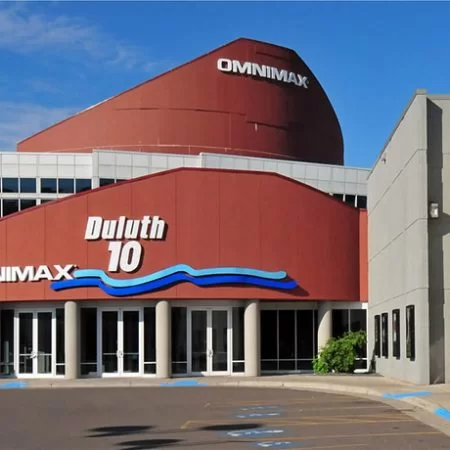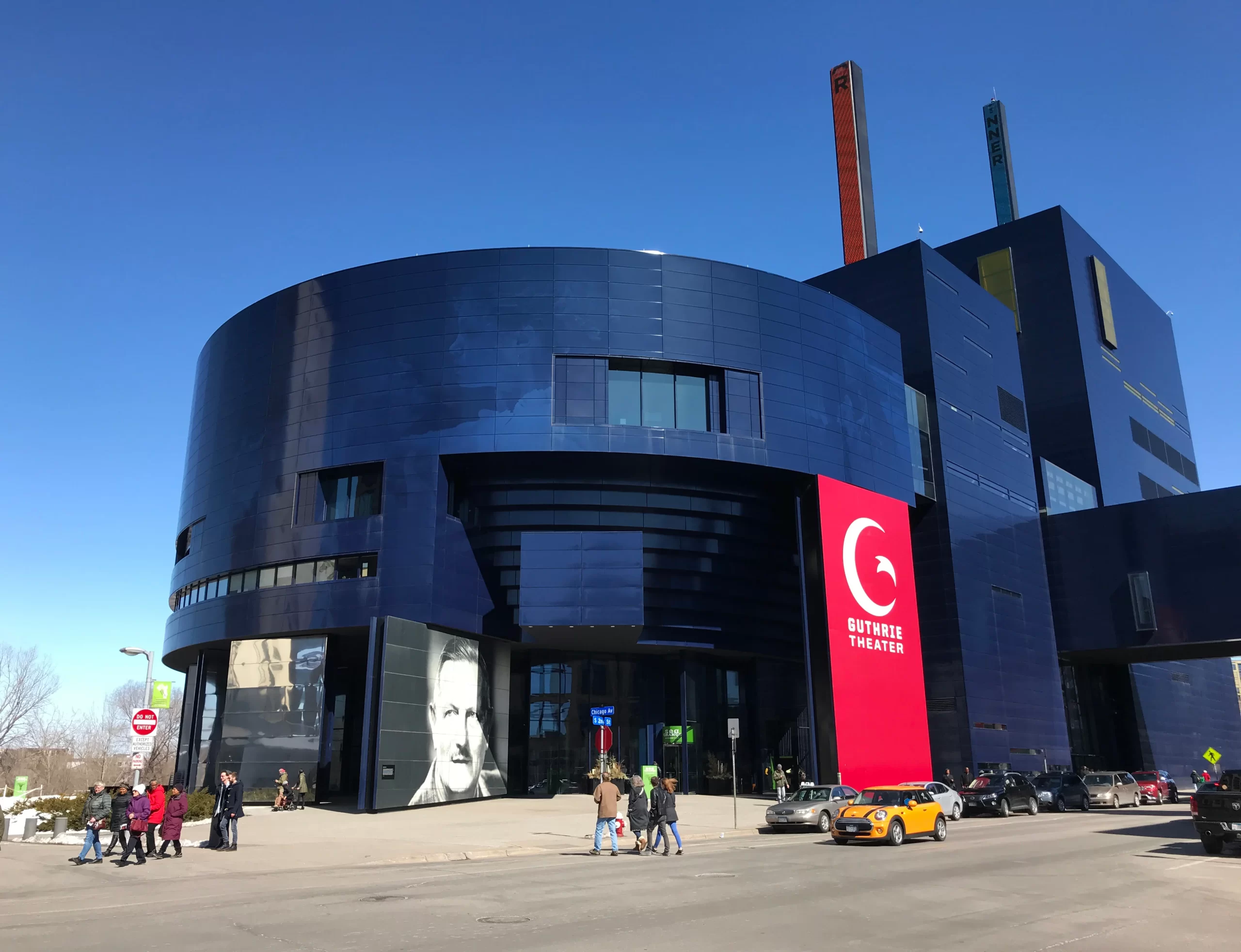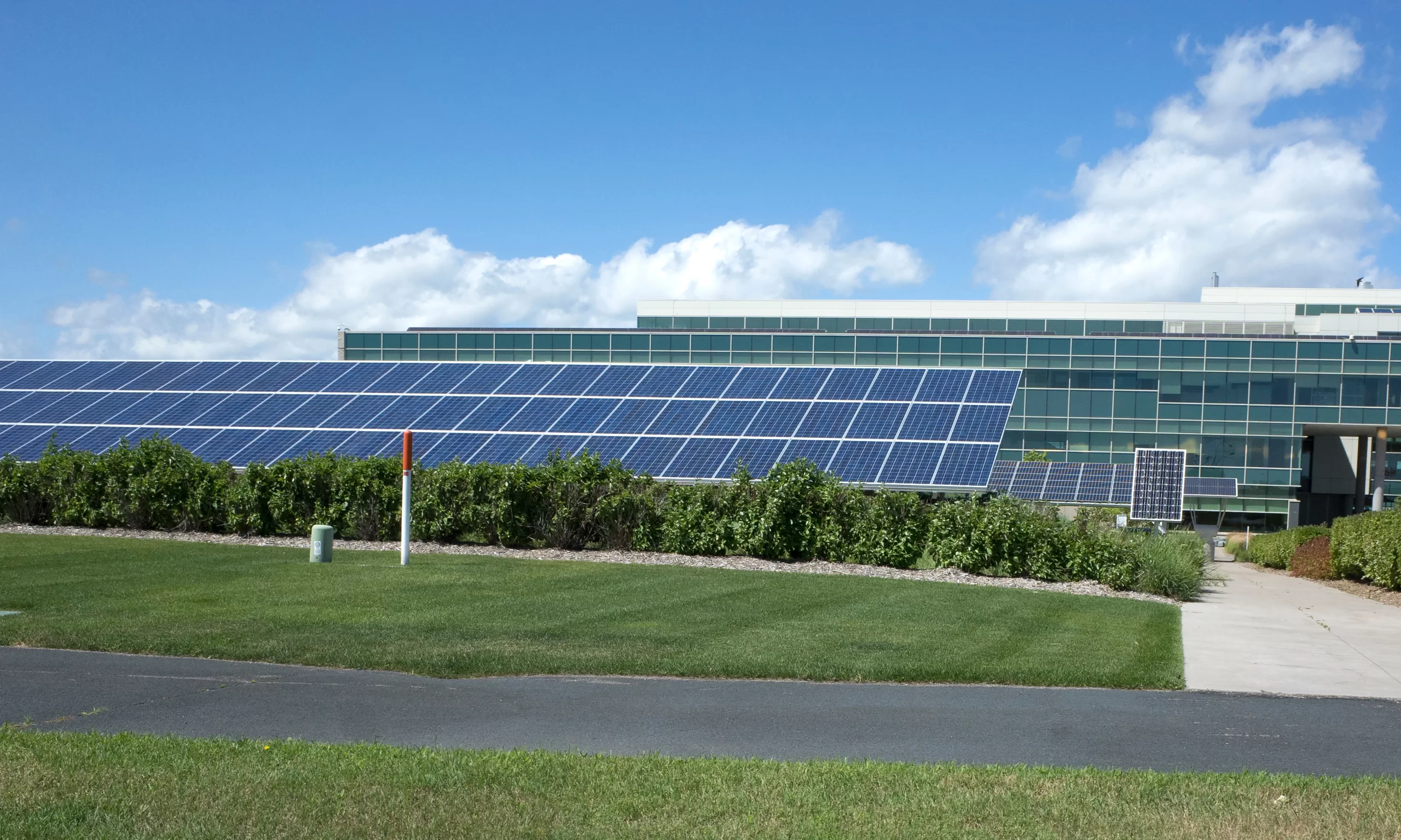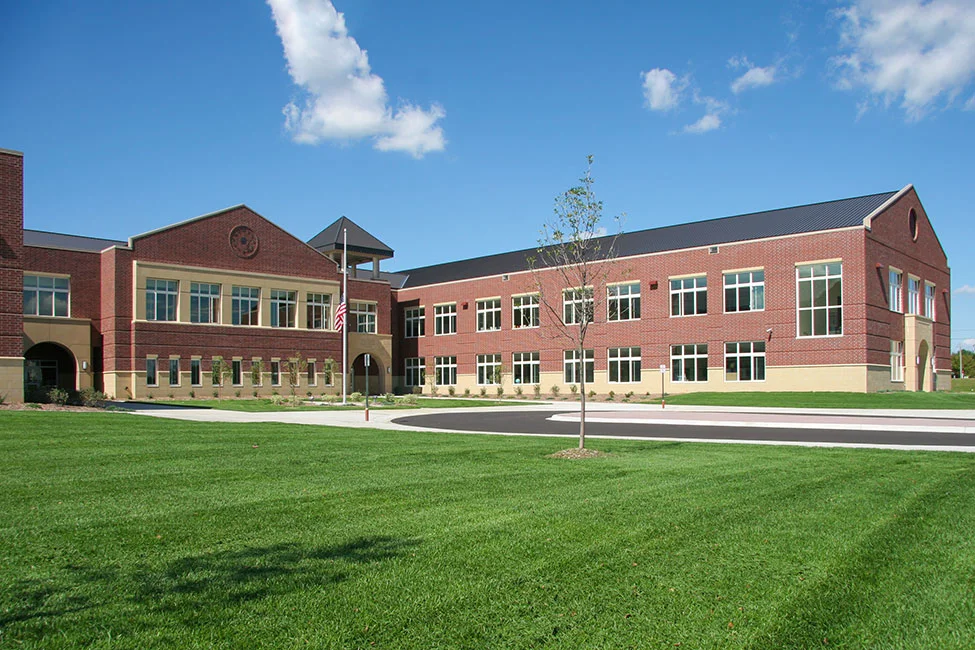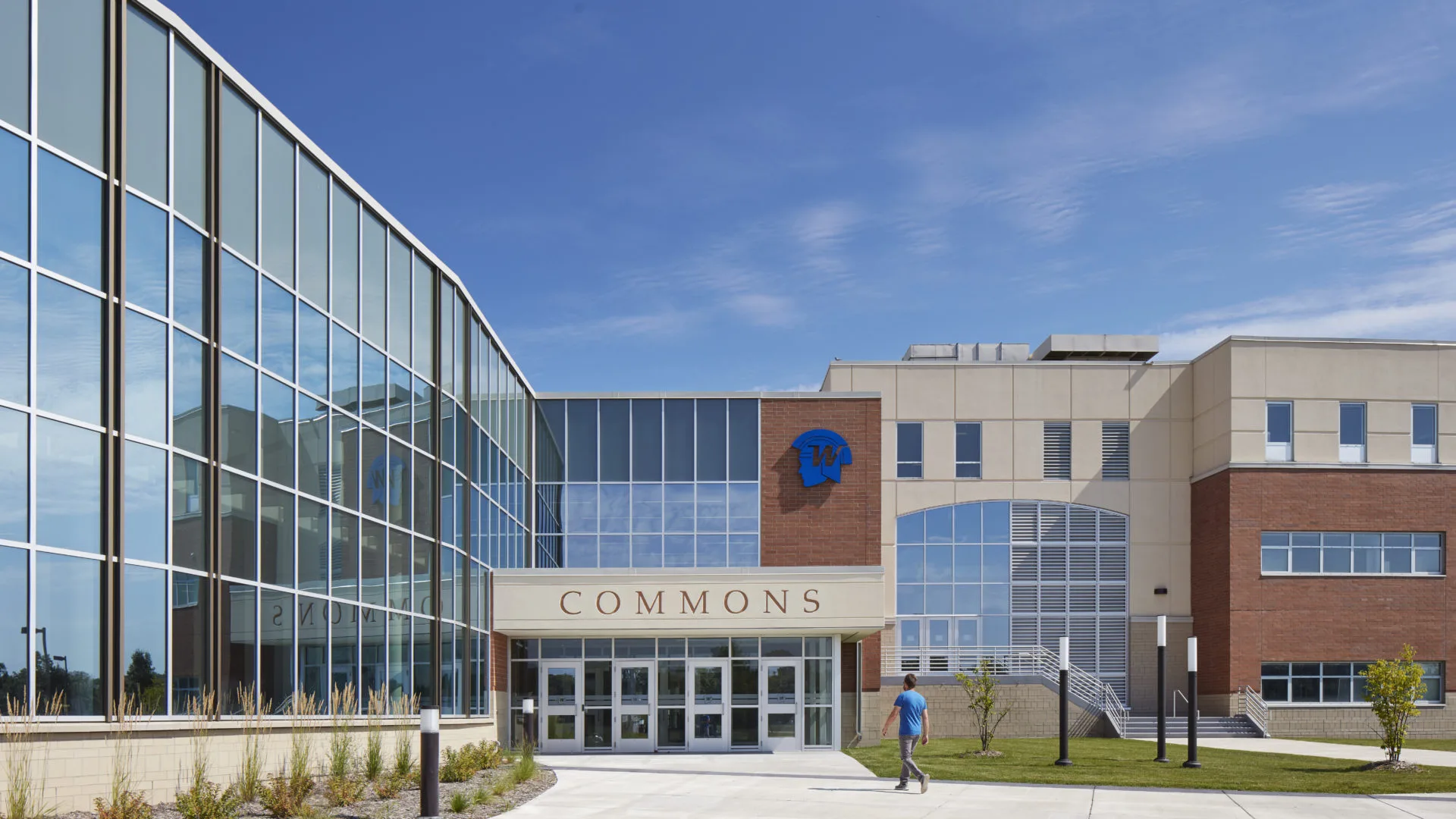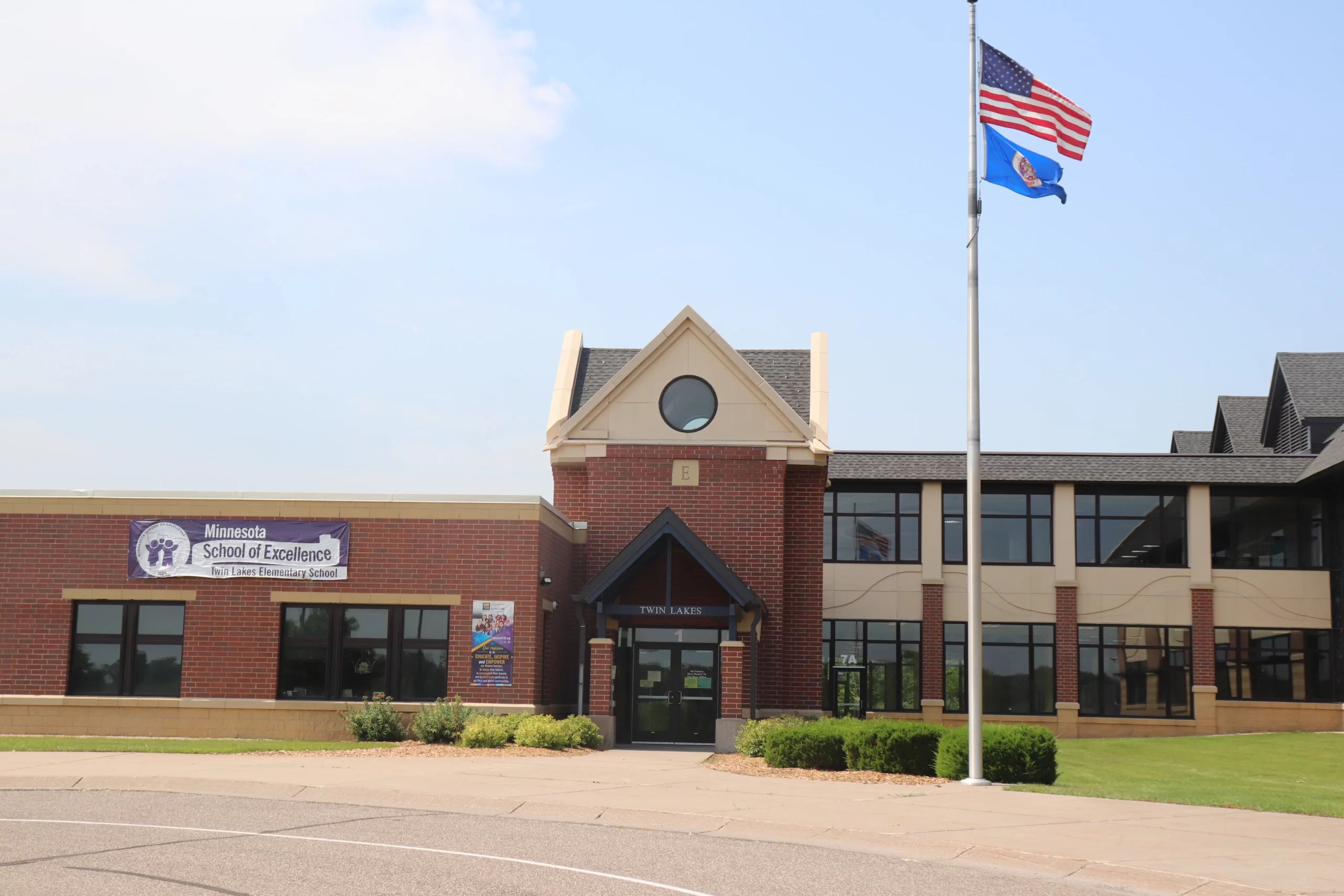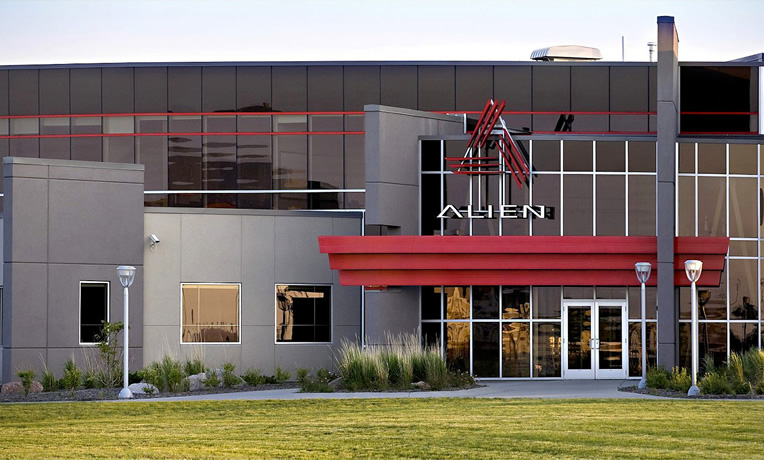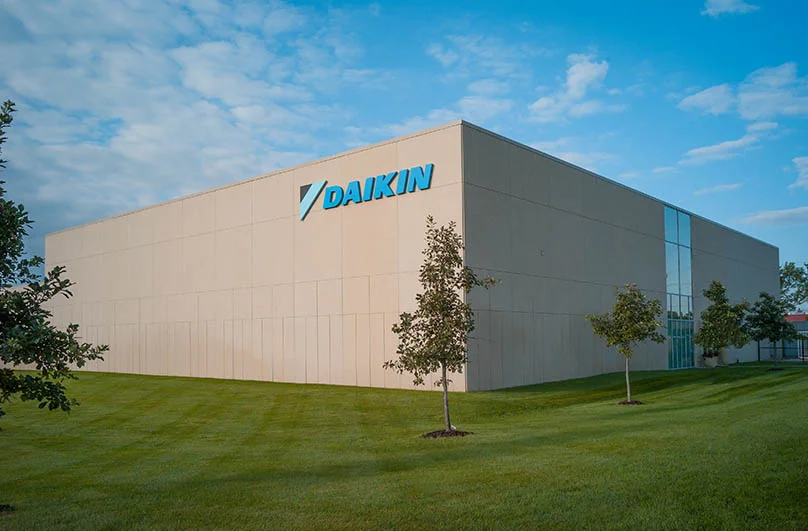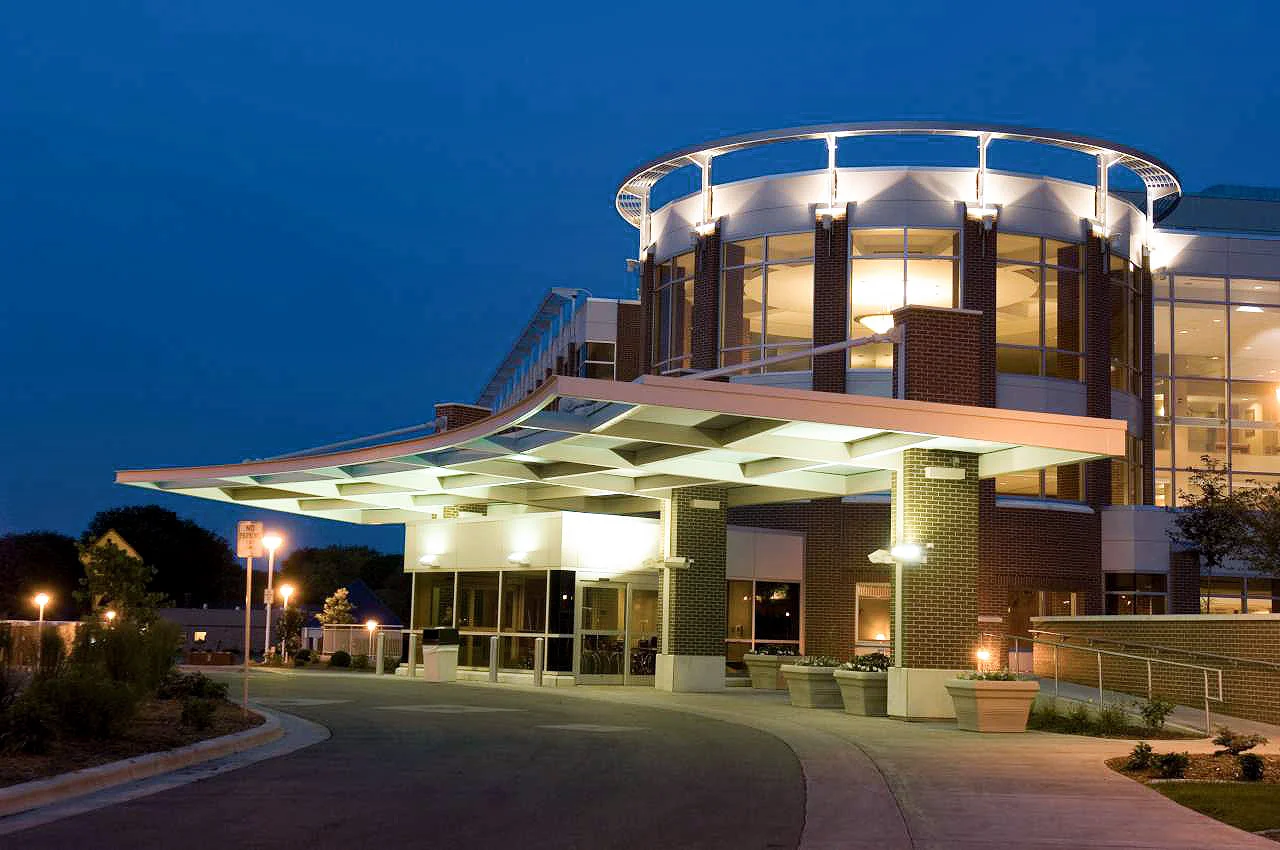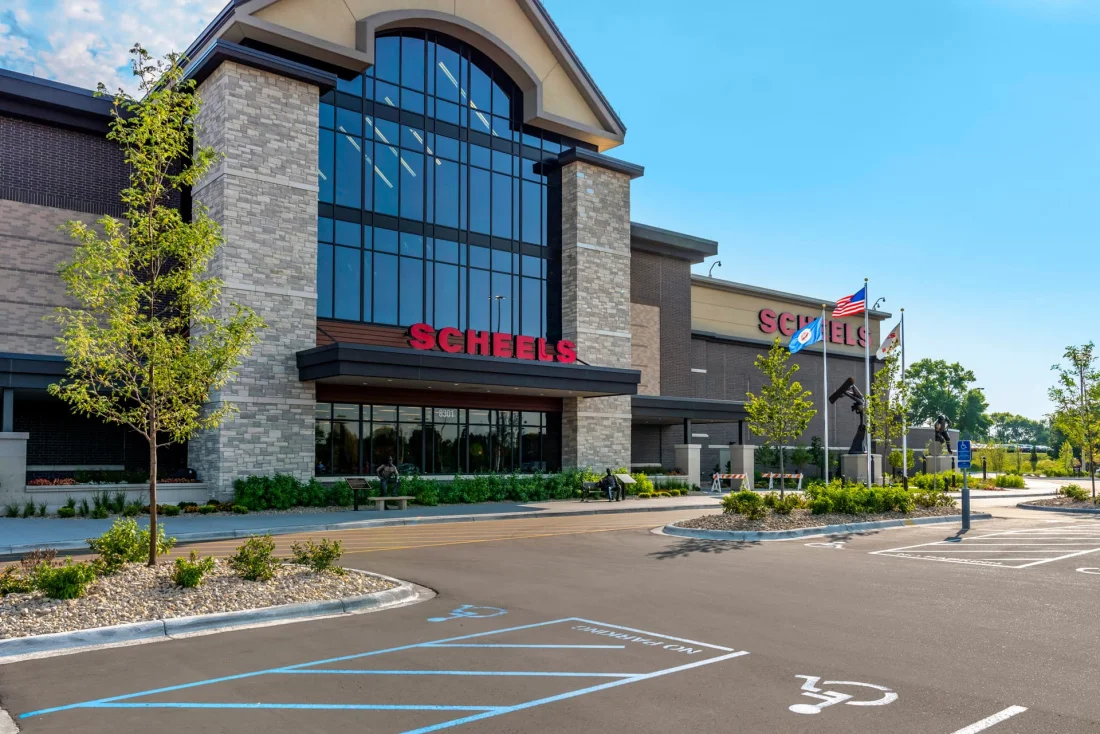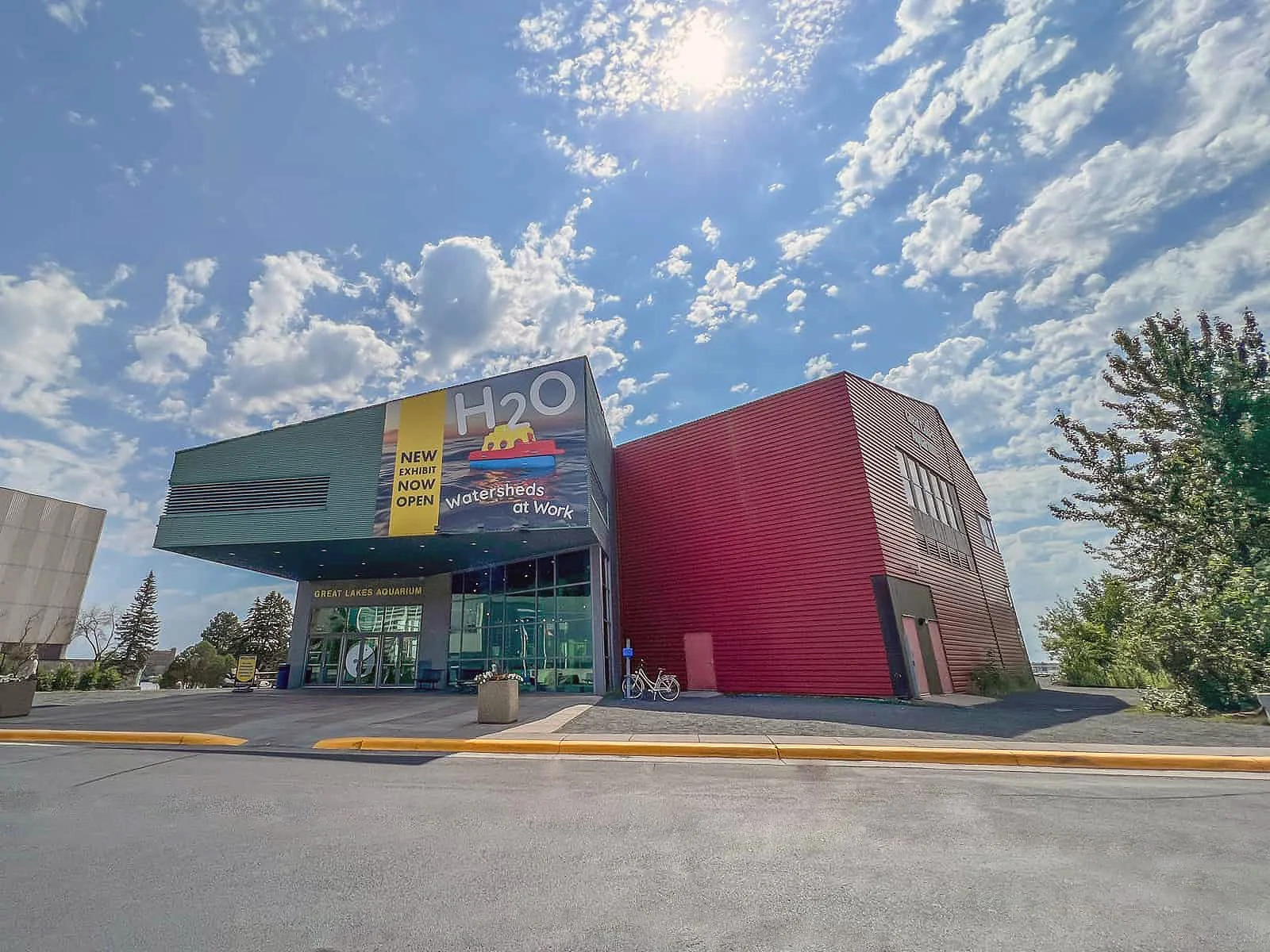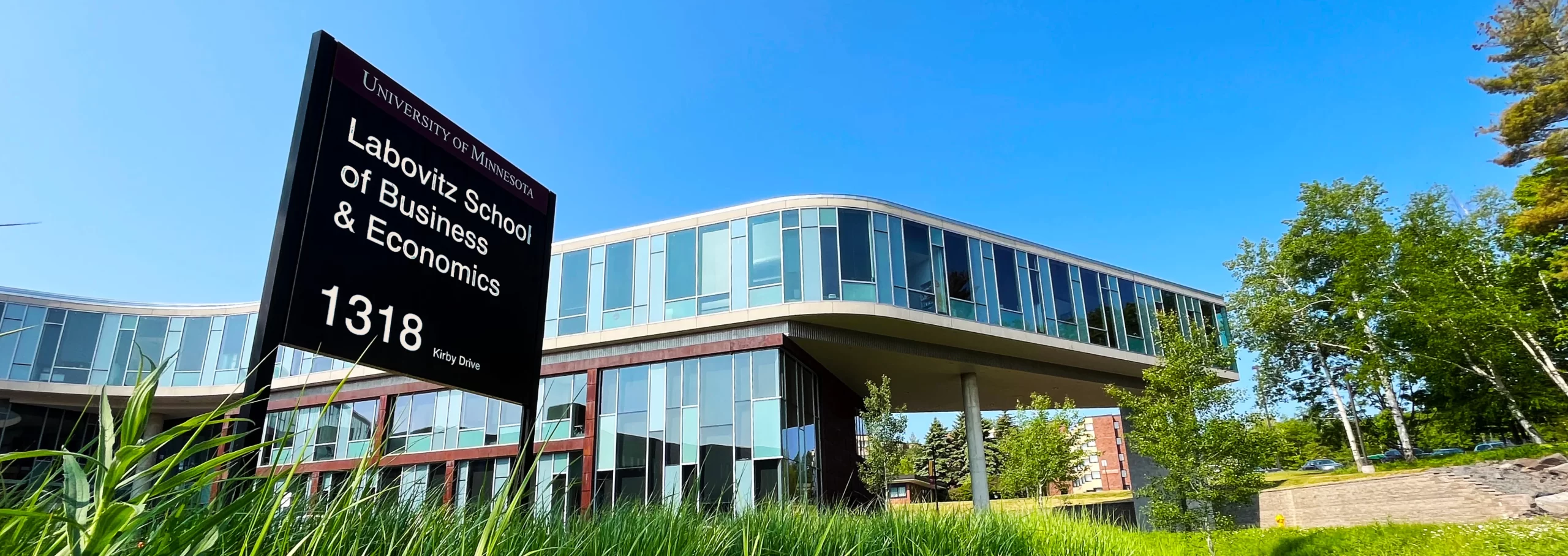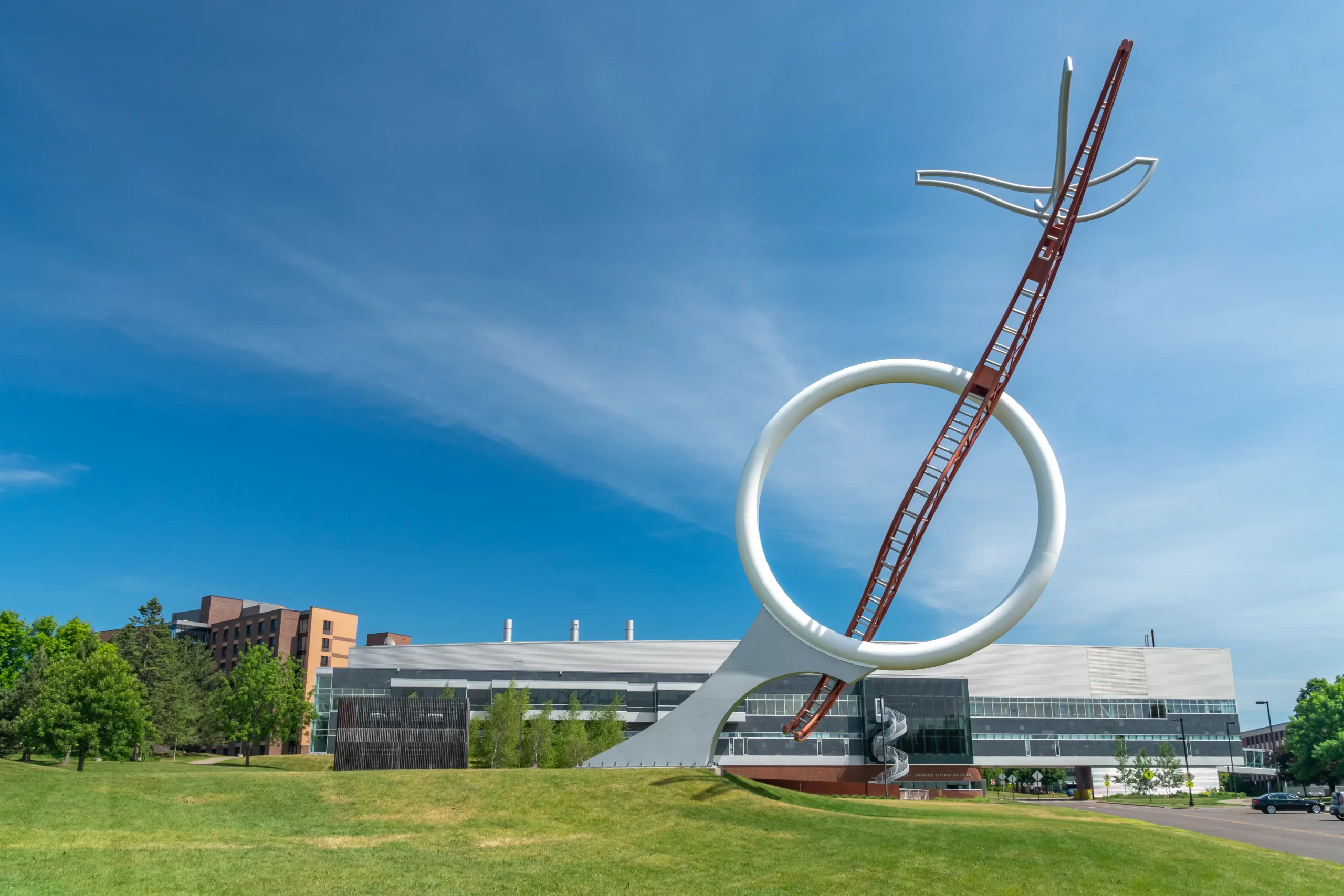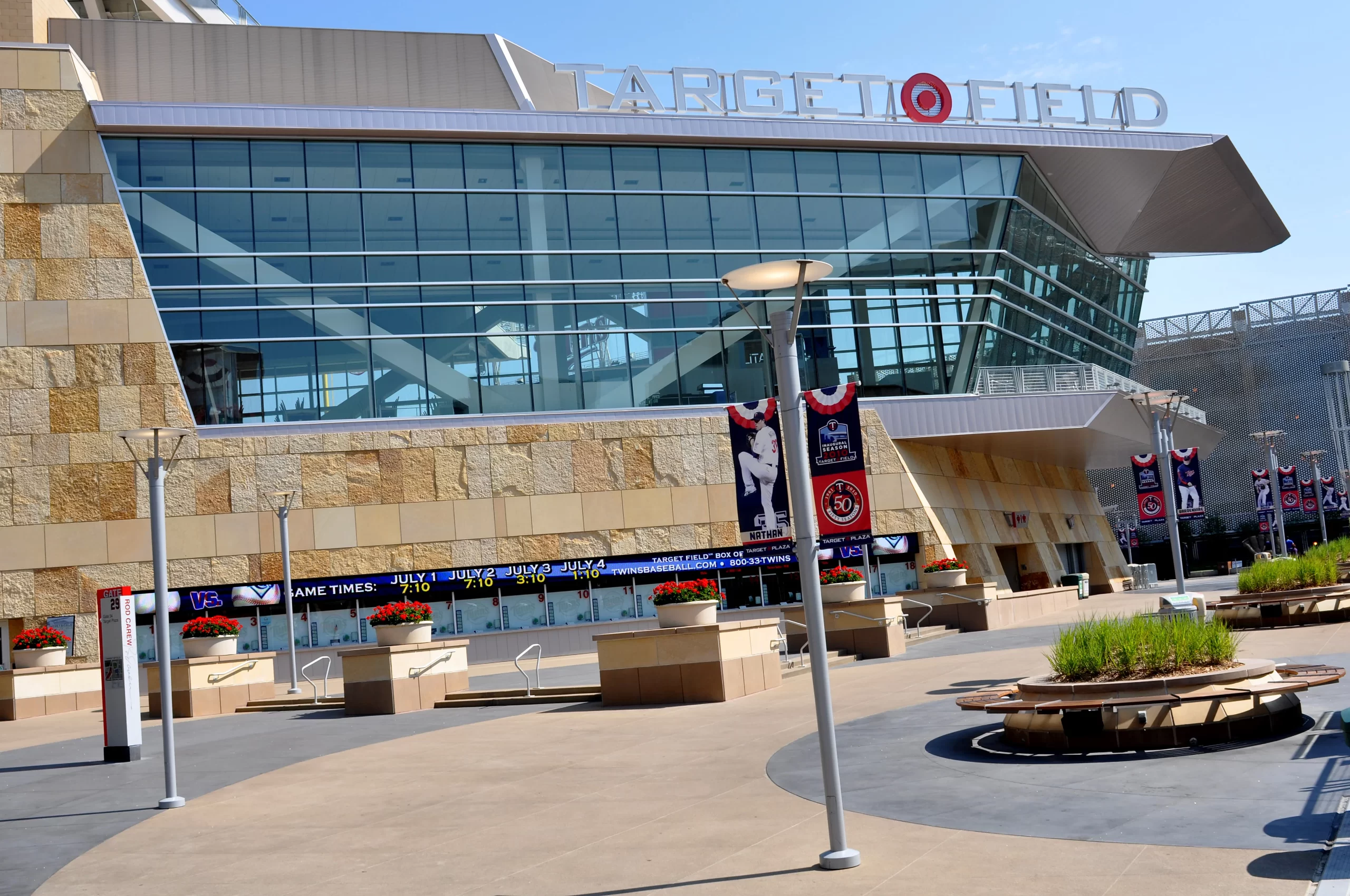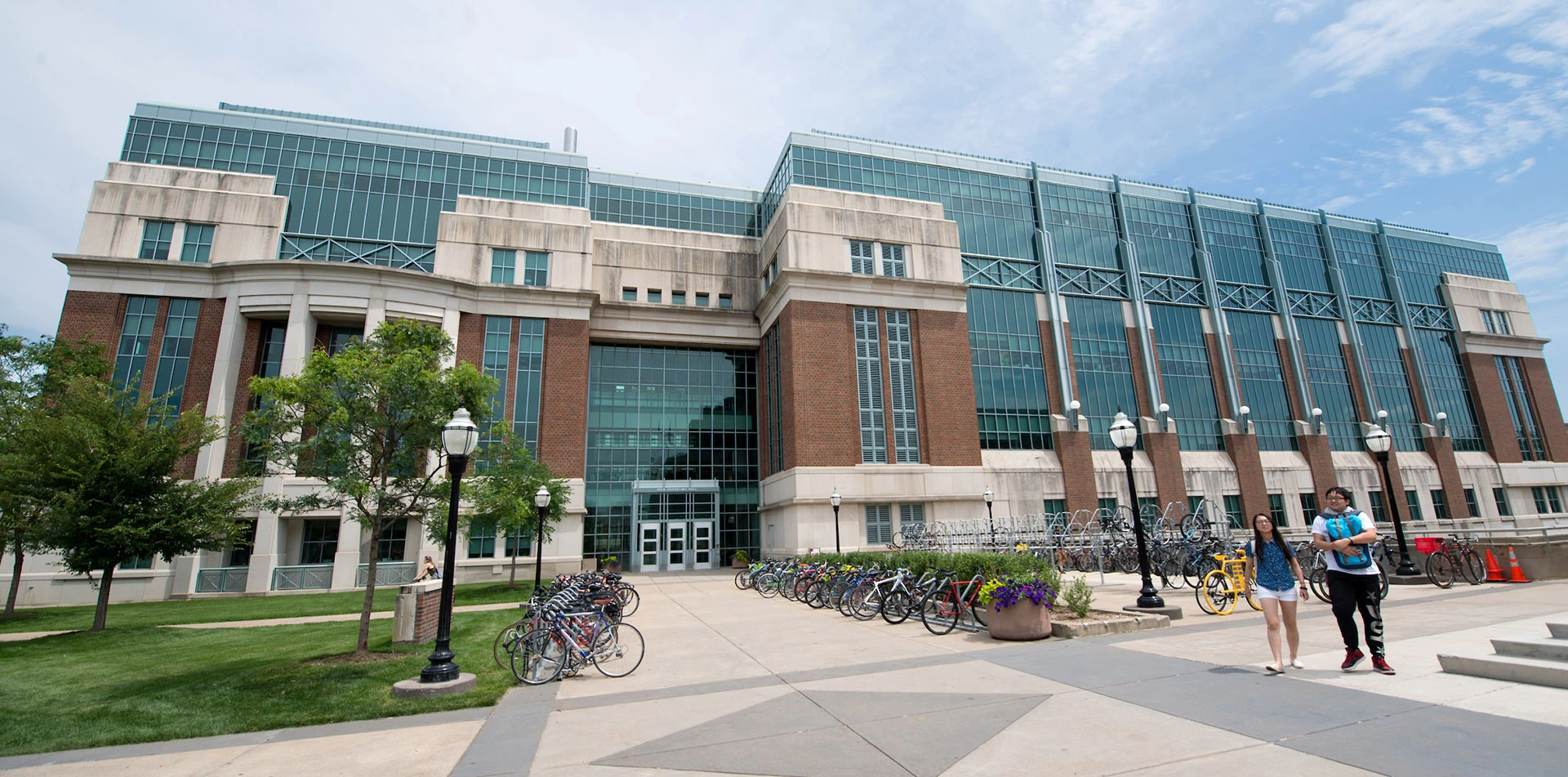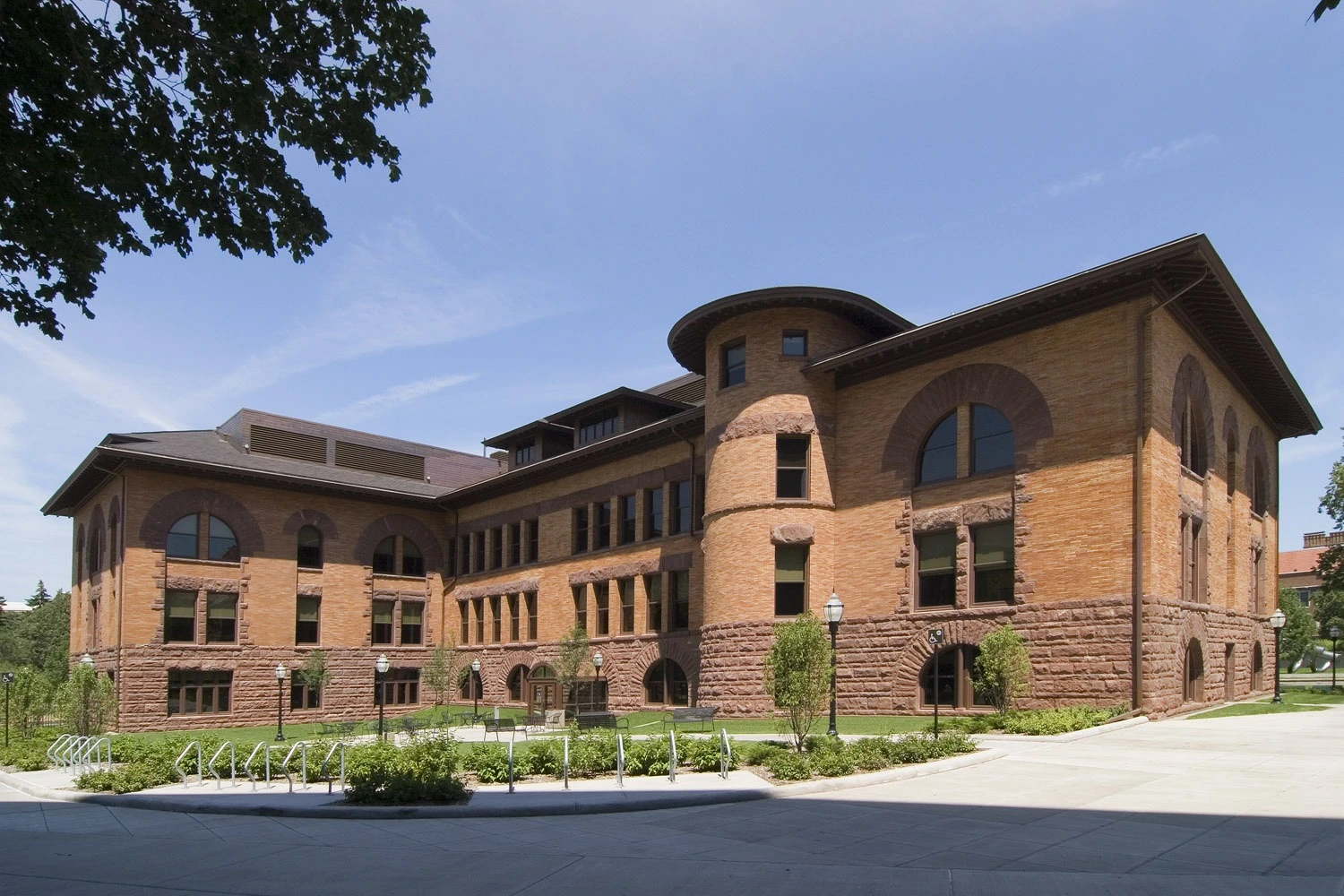Projects
SVL, Inc. is one of the Midwest’s largest commercial heating, ventilating, air-conditioning (HVAC) and cleanroom equipment dealers. Backed by years of engineering experience and advanced technology, SVL is readily available to assist with your mechanical equipment needs.
Case Studies

Scheels – Daikin Tackles Massive Cooling Load for Sporting Goods Retailer
SVL Engineers determined that a modular system was ideal for Scheels’ new Arizona location and contacted Daikin’s Modular Solutions...
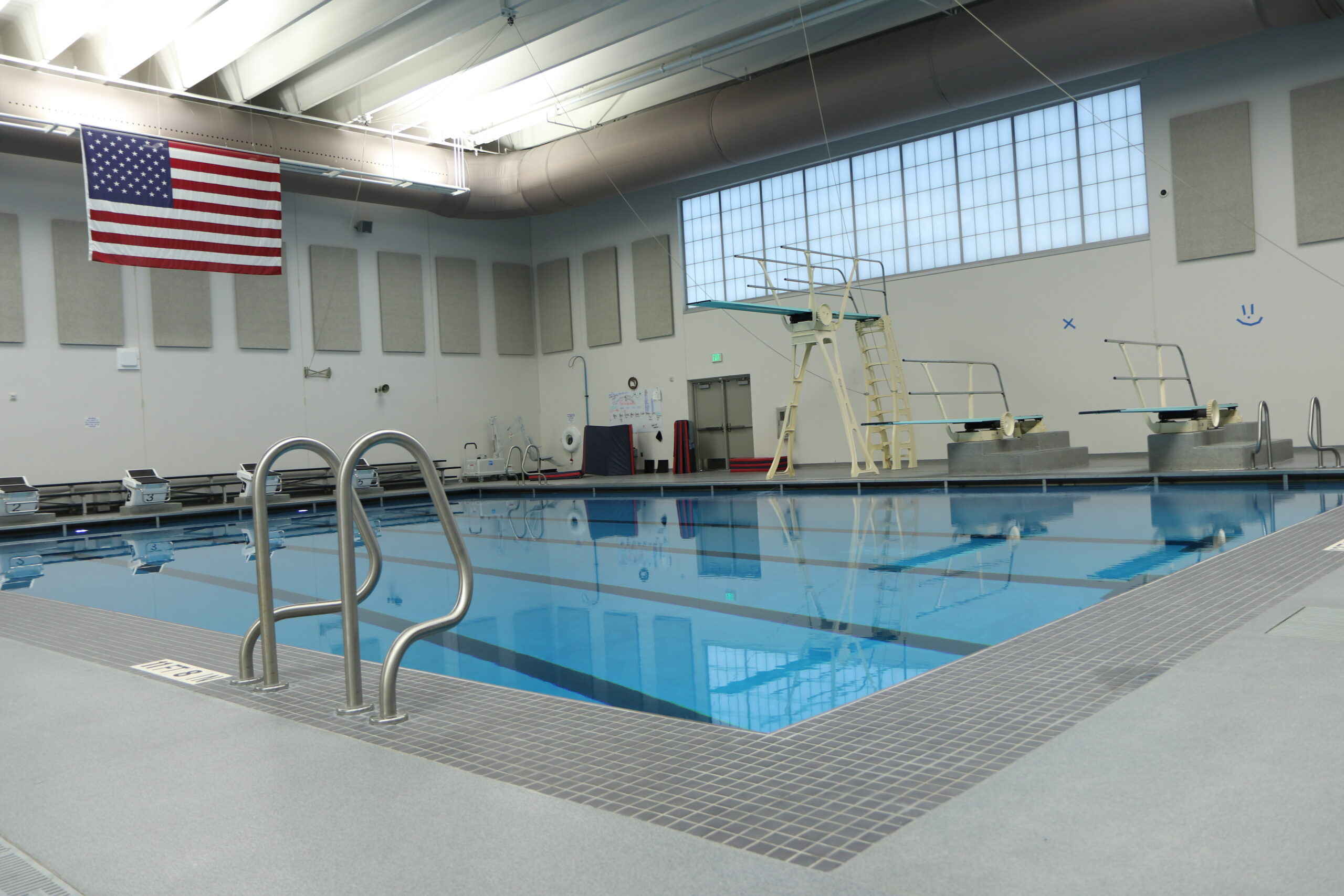
Lakeville Achieves the Perfect Pool – Environment Through Outdoor Air
The Lakeville facilities team is thrilled with their new Innovent AHUs. SVL Provided a perfect solution for the building.
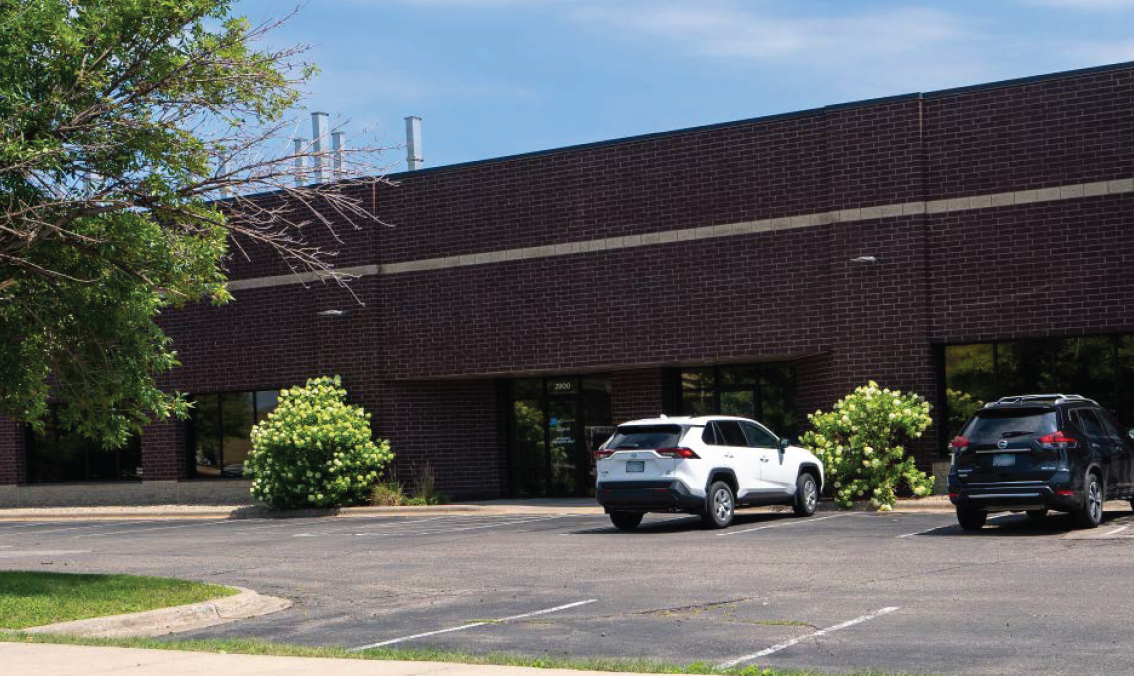
SVL Outfits the Ideal Medical Research Facility – Be The Match®
SVL supplied solutions from several of its industry-leading manufacturers to achieve the perfect conditions for Be The Match.

Hewing Hotel – Luxury Hotel Chooses IPS For Comfort and Savings
The Hewing Hotel is one of the premier hotels in Minneapolis. SVL provided Hewing a cost effective solution that established
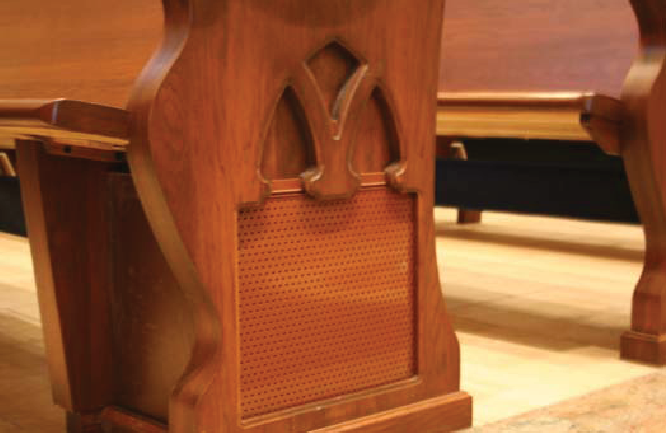
Saint Anne and Joachim Catholic Church
The mechanical system design by ONE of Fargo, ND was truly innovative, energy efficient, and forward-thinking. The displacement diffusers...
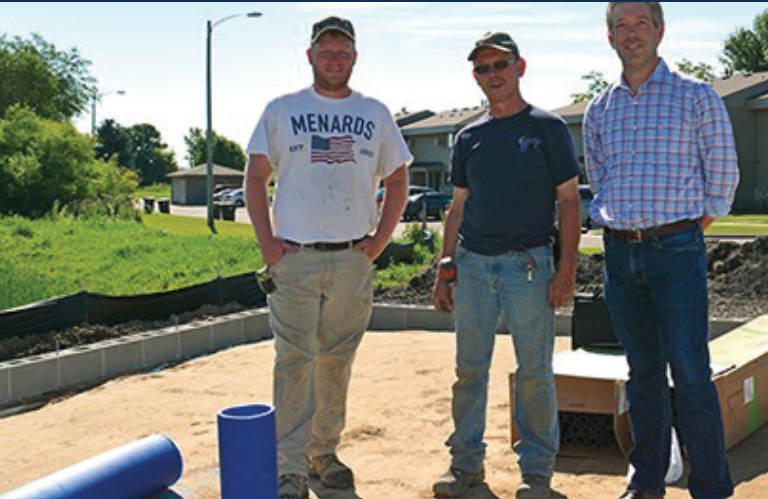
Habitat for Humanity® Home – AQC BlueDuct
SHOREVIEW, Minn. AQC Industries, Inc. (AQC), the leading manufacturer of advanced engineered duct systems, is proud to have recently...
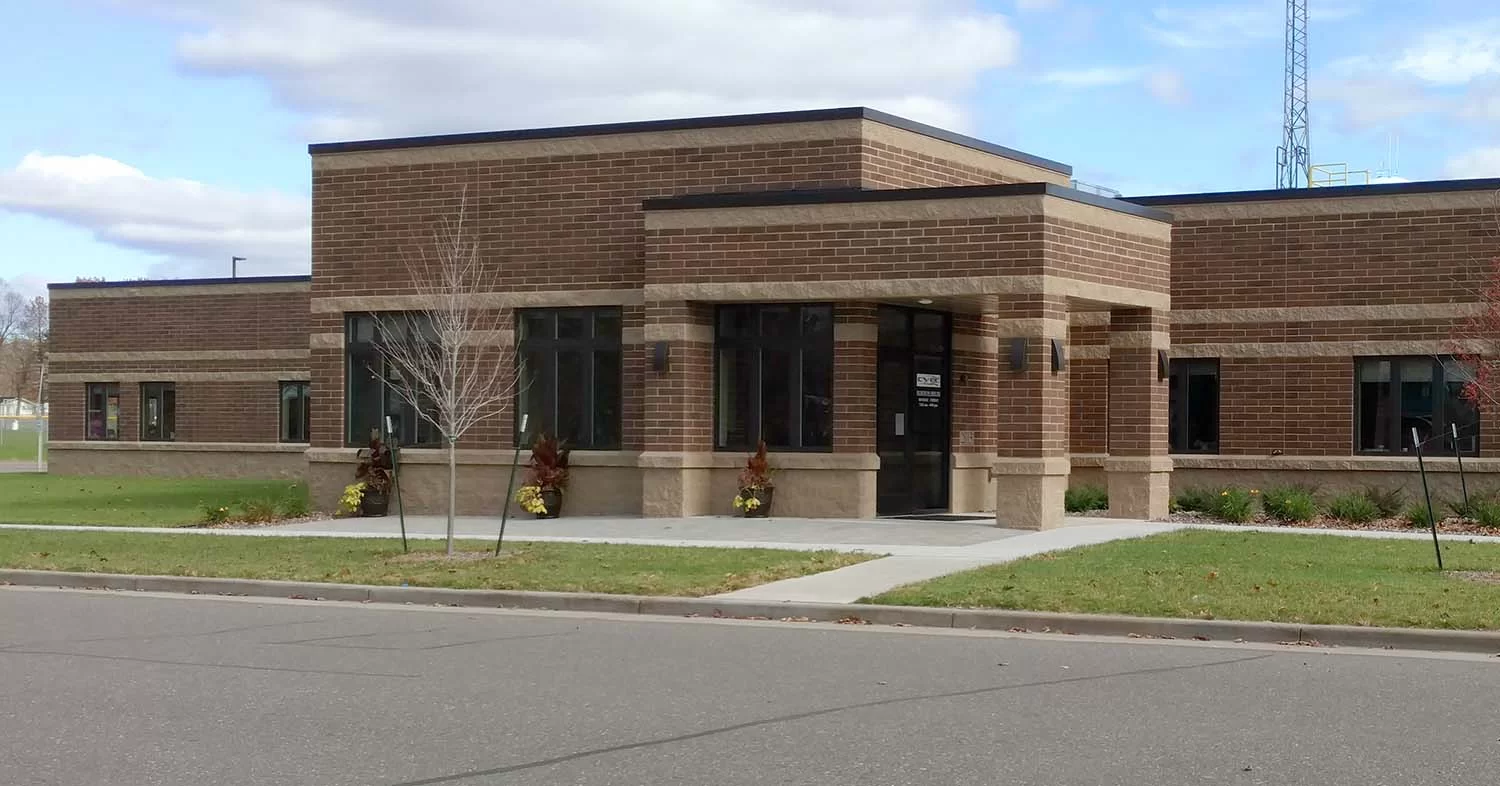
Chippewa Valley Electric Cooperative
The compact, quiet system was easily installed in an interior mechanical room for easy monitoring and maintenance at Chippewa Valley

Sanford YMCA Natatorium Ventilation
Installation of The BlueDuct® for a continuous supply of warm, dry air to “wash” the glass clear of condensation.

Whittier Clinic Achieves LEED® Certification
Whittier Clinic Achieves LEED Certification - A high efficiency Daikin McQuay Pathfinder chiller further reduces electrical energy usage
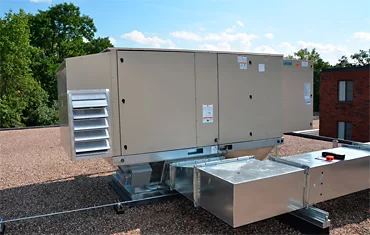
University Educated on Daikin Rebel Comfort Control
Daikin Rooftop Units Installed at Bethel University providing better ventilation and improved humidity control

